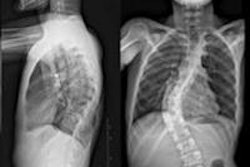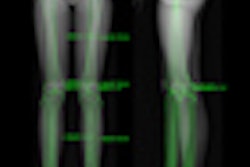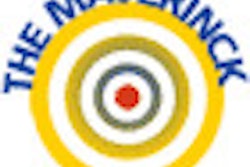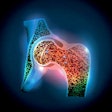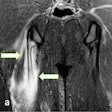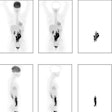Orthopedic digital imaging firm EOS Imaging is promoting a study presented at last week's annual congress of the French Society of Radiology, les Journées Françaises de Radiologie (JFR), in which radiographs were recommended for lower limb torsional assessment.
Dr. Dominique Folinais of the Centre d´Imagerie Nollet in Paris presented the findings of a study comparing torsion 3D settings of a patient in a standing position with torsion measurements obtained by a CT scan of a patient lying in a recumbent position. The exams were ordered for hip replacement surgery planning and EOS equipment was used.
Thirty patients underwent anteroposterior and lateral view exams with an EOS system. They also had a torsional balance CT scan for the lower limbs. Measurements of the two techniques were made by three independent observers.
The researchers found no significant difference between femoral torsion measurements for the two modalities, according to Folinais. A comparative dosimetric study between the two modalities showed that dose exposure was reduced by a factor of 20 when the EOS imaging system was used. The dosimetric study was conducted by the Institut de Radioprotection et du Sûreté Nucléaire in Fontenay-aux-Roses, France.


